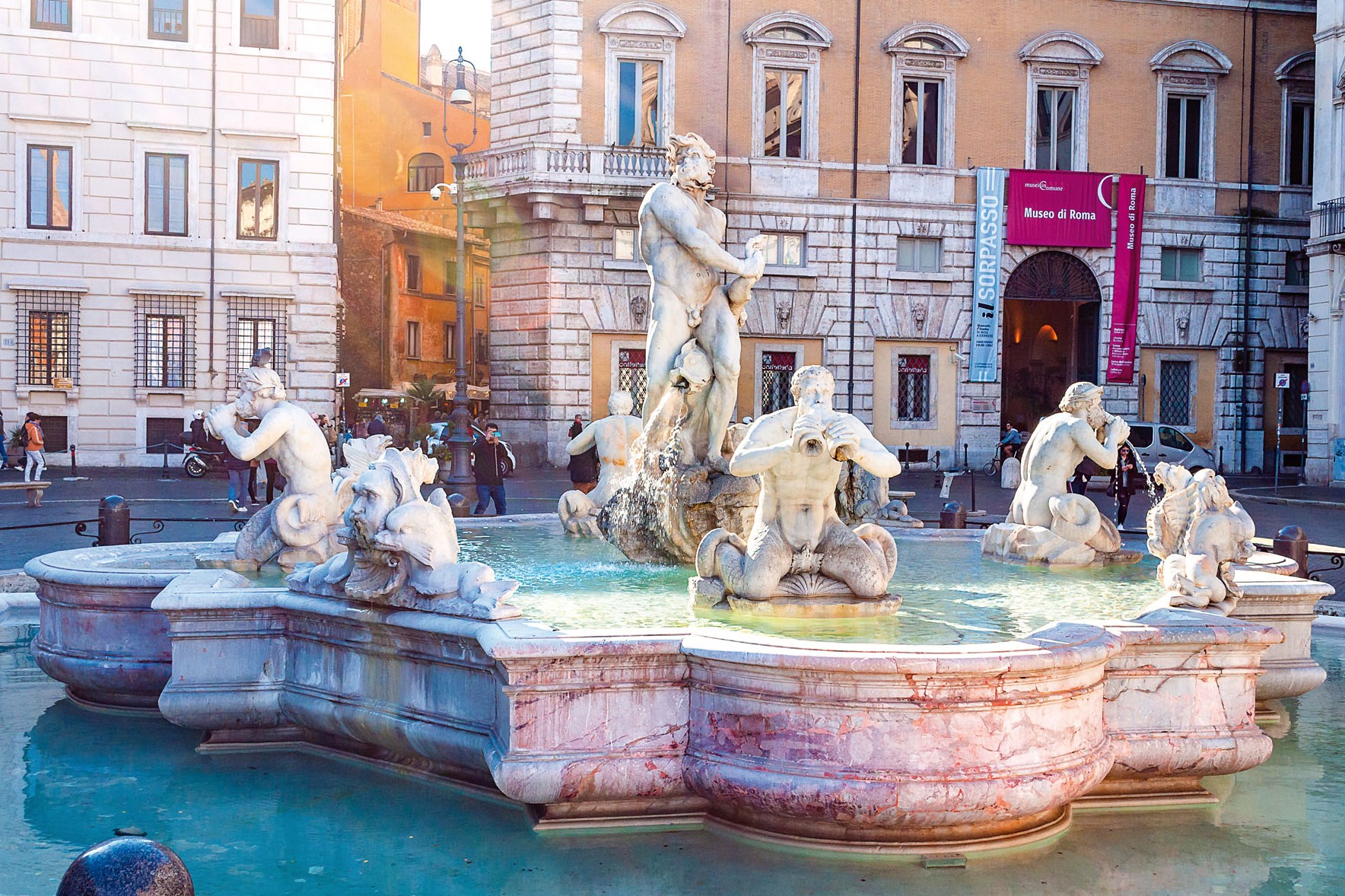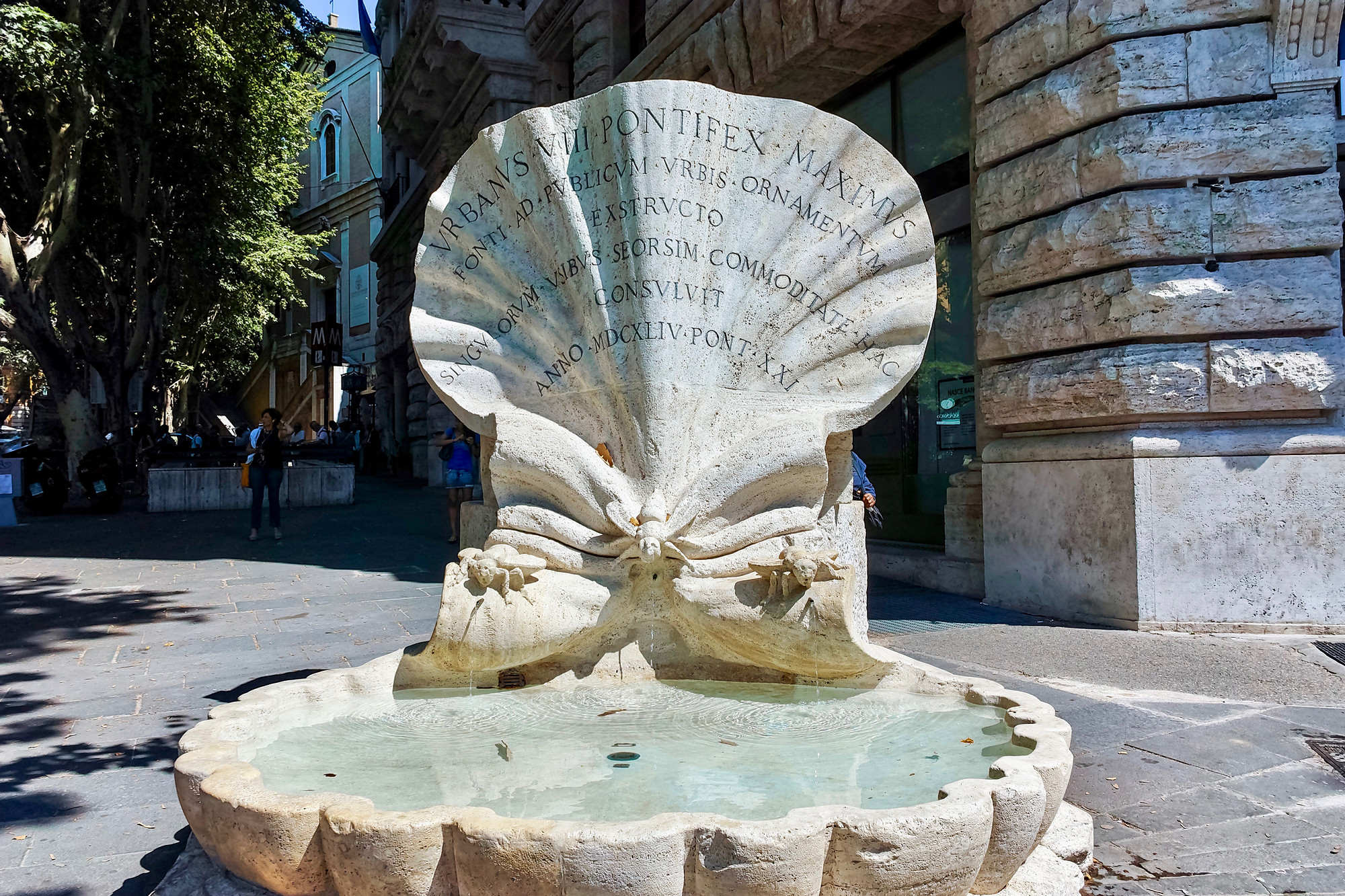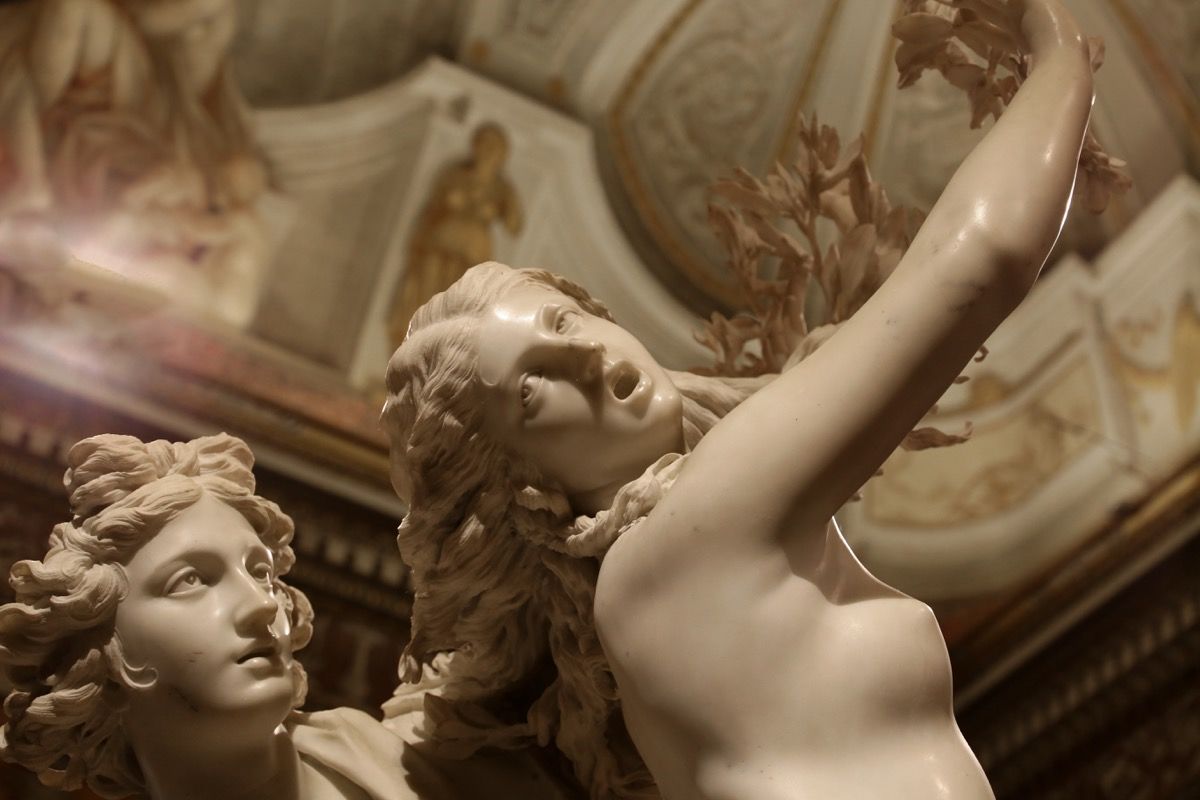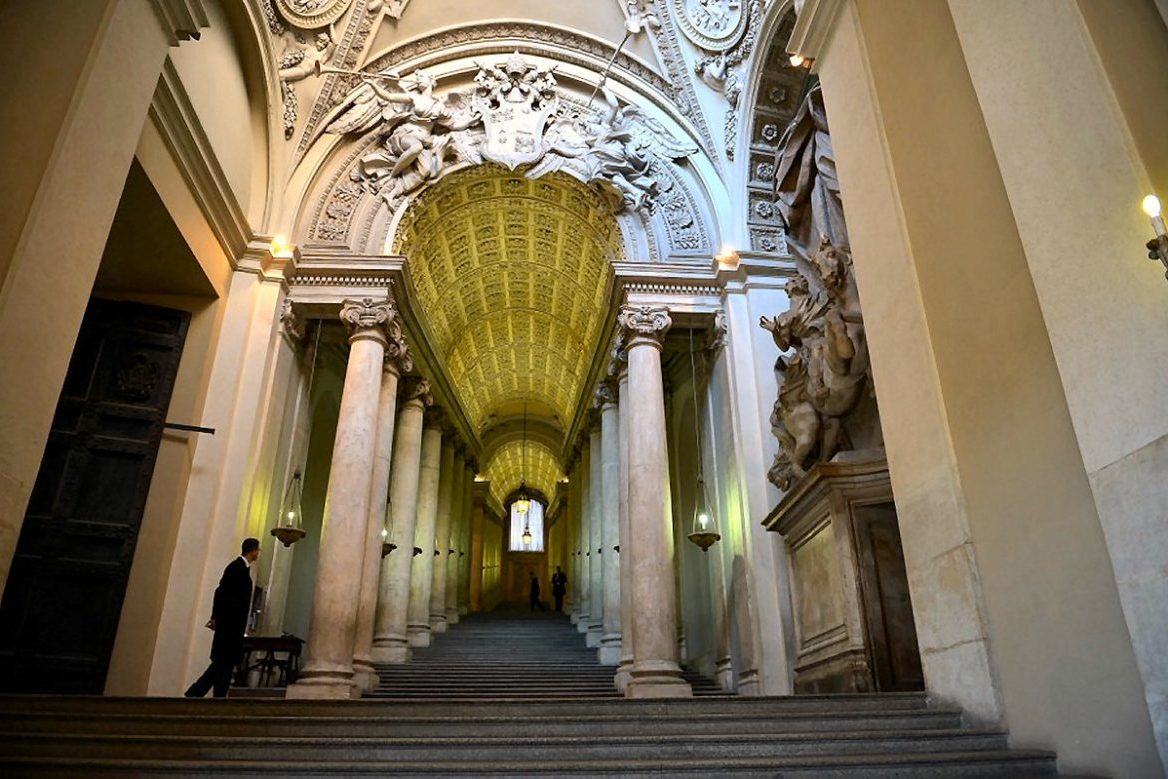I came, I saw, I built. Masterpieces of Giovanni Lorenzo Bernini

Born in Naples in the family of another outstanding architect Pietro Bernini, Lorenzo was a true Renaissance Man although he performed a little later. Alongside creating genius sculptures, Gian wrote plays, draw caricatures and gave political advice to pontifices. Life in bohemian Rome, huge money, romances with married women, scandal lawsuits – all of these sealed its stamp on Bernini’s “explosive” art without a doubt. The Outlook picked 5 main masterpieces of his. Photo luxuryromemag.it
Photo luxuryromemag.it
Let’s start with the author’s most famous creation – St. Peter’s Square located in front of the namesake cathedral. It is there where Catholics from all over the world sit and stand on stone-block pavement and listen to Pope’s speeches, and it also forms a border of Vatican. When creating a colonnade with one hundred and forty saints, Bernini was making an open construction where one could hide from heat in summer and from cold in winter. His contemporaries said that he was inspired by Colloseum however he wanted to create a circle of eternal life rather tan death. Despite huge amount of marble the square doesn’t oppress with grandeur and pompousness. And should one stand to look at a certain angle, columns “disappear” to turn the construction into something transparent and weightless. Lorenzo spent 6 years of his life on erection of Piazza San Pietro to range among Rafael, Michelangelo, Bramante and other great creators who had a hand in the place. Later dictator Mussolini wanted to squeeze into this big-name company therefore in 1930s he completed the composition by attaching Reconciliation street (Via della Conciliazione) to it.
Read also: Beaches and antiquity in Roman suburbs Ostia
In fact, Lorenzo Bernini, who is believed to be the father of baroque, was, as they call it, a do-all guy. He built everything – not just gigantic architecture ensembles but also relatively small objects. They include fountains. The most refined is believed to be Fontana delle Api or Fountain of the Bees. Created in 1644 nearby Barberini Square in the very same Eternal City, it attracts both tired Romans and even more tired tourists. And it is nice to have rest in noonday heat by this open shell that is incessantly filled with clean and cool water by three tiny bees. Sadly, years had no mercy for the masterpieces and some of its elements are lost probably forever. There is one curious story related to the fountain. The writing on marble reads: “Urban VIII Pont. Max., having built a fountain for the public ornamentation of the City, also built this little fountain to be of service to private citizens. In the year 1644, XXI of his pontificate.” However, Lorenzo, who concluded his work several months prior to Pope’s 22nd anniversary allowed himself write XXII instead of XXI. This outraged Romans who said that time had been stolen from them. Ultimately the lust number was replaced with a “truthful” one and as to Urban VIII… he died 8 days before 22nd anniversary of his reign. Photo thegeographicalcure.com
Photo thegeographicalcure.com
Last but not least work of the conqueror, Blessed Ludovica Albertoni, doesn’t seem to be made of marble so lively it is. Ludiovica or Luíza herself lived in 1474-1533 and is worshiped in Rome as a saint. When creating this masterpiece at the age of 70-something, Bernini knew years were taking their toll and he would hardly be able to create something as great ever again. Therefore he invested his whole talent into this order of Cardinal Paluzzo Paluzzi degli Albertoni.,_con_beata_ludovica_alberoni_di_bernini_(1671-75)_e_pala_del_baciccio_(s._anna_e_la_vergine)_05.jpg)
Photo en.wikipedia.org
Taking into account that Bernini had been creating for the highest ranks of Vatican since the age of 17, one may get an impression of him being an architect at court. But it was far from truth. His blatant way of life (defacing his mistress, criminal prosecution by an unloved brother) didn’t fit well into foundations of official church. Nevertheless, Lorenzo’s gift was so great that they forgave him worst human deeds and number of orders grew steadily. Culture experts call one his first significant sculptures Apollo and Daphne a manifesto of baroque aesthetics. In it we enjoy “marble in motion” again because Apollo almost catches a fugitive however her extremities already turn into roots and branches and it seems more impressive than modern computer graphics.
Photo artsy.net
Best work according to the architect himself is Scala Regia. This “front gate” to Papal residence is clenched between the cathedral and the walls with Sistine Chapel located over them. When he executed his last order for Vatican, Bernini surprised everyone by creating perspective and a feeling of space in small premises. According to him, “main internal goal” was not to spoil work of Antonio da Sangalo who connected Vatican Palace and St. Peter’s Cathedral with these stairs as far back as in 16th century. Photo michelangelobuonarrotietornato.com
Photo michelangelobuonarrotietornato.com
Cover photo enjourney.ru





















